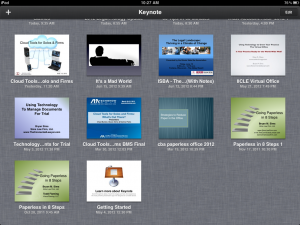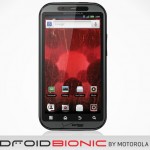Let me admit now, this post has nothing to do with the practice of law. However, somedays I am still amazed at the things that technology allows us to solve our problems. In this instance, I have approximately 40GB of music sitting on my computer at home. While at home, I can easily serve this music to the other computers in the house. Recently, however, I was thinking that it sure would be nice to be able to do listen to all of that music while I was at work as well.
After a few minutes of research (also known as Googling), I found a solution that I like quite a lot. The first component of the solution is a program called JukeFly. JukeFly describes itself as:
a social music player designed to play your music collection anywhere.
As long as your “anywhere” includes high speed internet access. I think this is an accurate description. After you create an account (which is free). JukeFly installs a small server app on your computer with the music that allows you to access it when you are away. The server applet is quite similar in concept to those found in programs such as LogMeIn.
Once you install the applet, you simply tell the program where to find your music. The program then indexes your music in a short period of time. My 40GB of music took only a couple of minutes to index. Once indexed, the music is available for you to listen to anywhere that you have high speed internet access. You simply log in to your JukeFly account and listen to your music through your browser.
JukeFly could not be easier to use and by allowing me to listen to my music collection regardless of my location, it provides me with an invaluable benefit.
The only issue I have ran into with JukeFly is that I would like to see a shuffle feature of some sort to shake things up a little.
JukeFly also includes some social media aspects to it as well. However, I have not yet explored any of those.
I quickly fell in love with JukeFly, but I had a problem where I was repeatedly closing my web browser, and thus closing JukeFly. I found a great solution for this problem in a program called Bubbles. Bubbles describes itself as:
an application platform, based on Browser technologies. It detaches Web Applications from the classic Browser and offers them with the familiar accessibility, capabilities and always-on nature of Desktop applications.
In plain English, Bubbles detaches certain web applications (in my case JukeFly) from the web browser an lets you run them as a stand alone application, just as though the web app was a regular desktop app. With JukeFly, I can listen to my music and not worry about whether I am closing my web browser. Instead, when minimized, JukeFly sits as an applet in my notification area, taking up no space on my task bar, but giving me ours of music pleasure.
Bubbles works with many web apps, including GMail and Facebook.
For more information about JukeFly, click here. For more information about Bubbles, click here.




